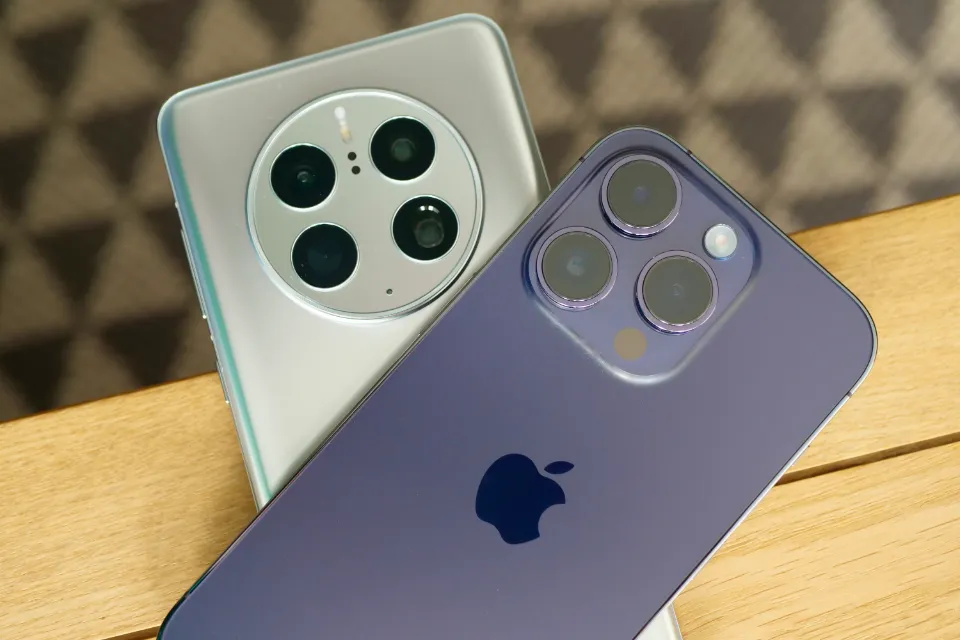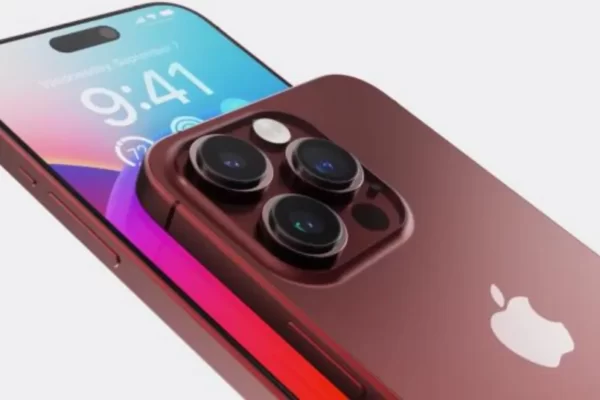“We think there is a genuine opportunity to create and apply a spectral imager in a smartphone. Despite all the advancements made with various cameras and the processing power of smartphones, none of them can accurately detect the true color of a picture.”
In a recent interview with Digital Trends, Spectricity CEO Vincent Mouret explained the company’s goals and the rationale behind its development of a miniature spectral image sensor suitable for use in a smartphone. But what exactly is a spectral sensor, and how does it operate? As it turns out, it is capable of much more than just capturing lovely colors.
Have You Ever Seen This Color?
Before we go any further, let’s discuss what the S1 multispectral image sensor from Spectricity can do for cameras. Red, green, and blue (RGB) sensors are typically used in smartphone cameras, but the Spectricity S1 sensor looks further into the visible and near-infrared range to reproduce more natural, more consistent colors as well as noticeably better white balance.
“A standard camera integrated into a smartphone has an RGB sensor that sees red, green, and blue,” Mouret said. “With the addition of filters, we can produce up to 16 distinct images with a variety of colors, light wavelengths, light sources, and reflected light from the scene’s objects. Compared to a standard RGB, you can distinguish a wide variety of properties thanks to these various images.”
This means that regardless of the lighting, images captured by a phone with the S1 sensor will have more even color distribution, as you can see in the example image below. The color reproduction and consistency seen in the example were replicated in a live demonstration I witnessed during our conversation, but it’s important to note that the sensor was controlled by a PC and not a smartphone.
Is It a Sensor, Or a Camera?
Who wouldn’t want their photographs to have more effective white balance and natural, consistent colors if they used a spectral image sensor like the S1? However, Mouret made the S1 sound more like a camera than a sensor when he was describing its capabilities. Can it actually fit inside a smartphone, and which is it? What adjustments will be required if that is the case?
The demonstration I saw was run by Spectricity application engineer Michael Jacobs, who described what the S1 is in actuality.
“It’s really a companion sensor, very similar to a depth sensor or a 3D sensor used with an RGB camera,” he confirmed.
However, it does technically take photos, just not ones you’d want to use individually, as Mouret explained:
“Our image sensor has an 800 x 600 pixel VGA resolution. To create an RGB image, you must combine this smaller spectral image. The module itself is actually quite tiny. It is intended to be included in a smartphone. So it’s 5mm by 5mm by 6mm,” Before going into more detail about the sensor’s construction, Mouret told me. “It’s not easy, but it’s nothing very sophisticated, I would say,” he explained, saying the module is built using the same methods as regular CMOS sensors. “The entire module will cost the same as a high-volume standard camera in terms of overall price.”
The sensor will currently work with the common Image Signal Processor (ISP) found in Qualcomm and MediaTek smartphone processors, but it will need additional software to function.
The S1 multispectral image sensor isn’t a one-trick pony; in fact, it has a fascinating secondary capability that allows it to identify and evaluate skin biomarkers. What this means is it’s able to tell if it’s “seeing” a real person, which could be used for security applications — for example, it knows if someone is wearing a mask to conceal their identity — skin care, and even in health applications when combined with AI and other types of software. Portrait Mode photos could also benefit from its use.
When Will It Be Used in a Phone?
The LG G5 in 2016 used a dedicated color spectrum sensor in addition to its laser autofocus sensor to improve color performance. Manufacturers have been working to improve color reproduction on smartphones ever since. In an effort to more accurately reproduce colors and enhance low-light performance, Huawei adopted a different strategy and replaced the RGB sensor on the P30 Pro with an RYYB sensor. For various uses, Olympus and Imec have also experimented with near-infrared RGB sensors.
In contrast to these examples, the Spectricity S1 sensor is a first of its kind. It is demonstrating a lot of promise based on the demo and sample images, but when can we anticipate using it on a phone?
“In the beginning, it will be introduced on high-end phones,” Mouret said. “2024 will see a low volume, 2025 will see a high volume, and starting in 2026, it will become more pervasive.”
Read More: How to Get Water Out of iPhone Camera?
Source: digitaltrends





